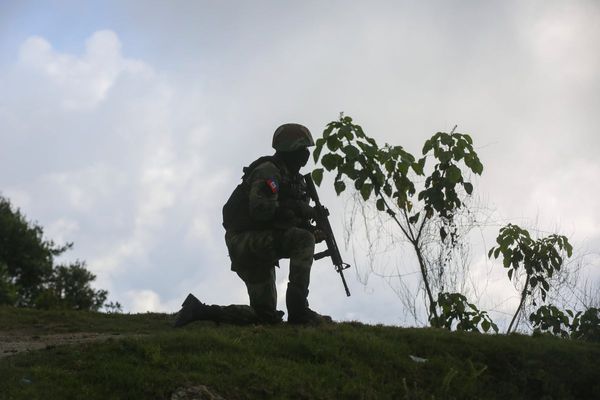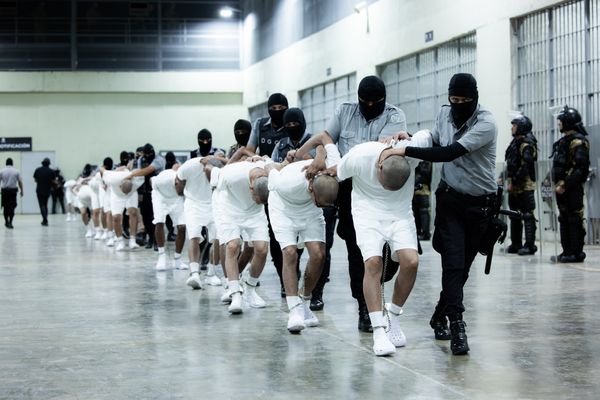
Based in Somerset, southwest England, astrophotographer and night-sky conservationist Josh Dury has dedicated his career to using photography as a means of promoting conservation initiatives and raising awareness about the negative impacts of light pollution.
Here are his kit choices and pro advice for fighting light pollution to capture impactful images of the night sky…
Main Gear
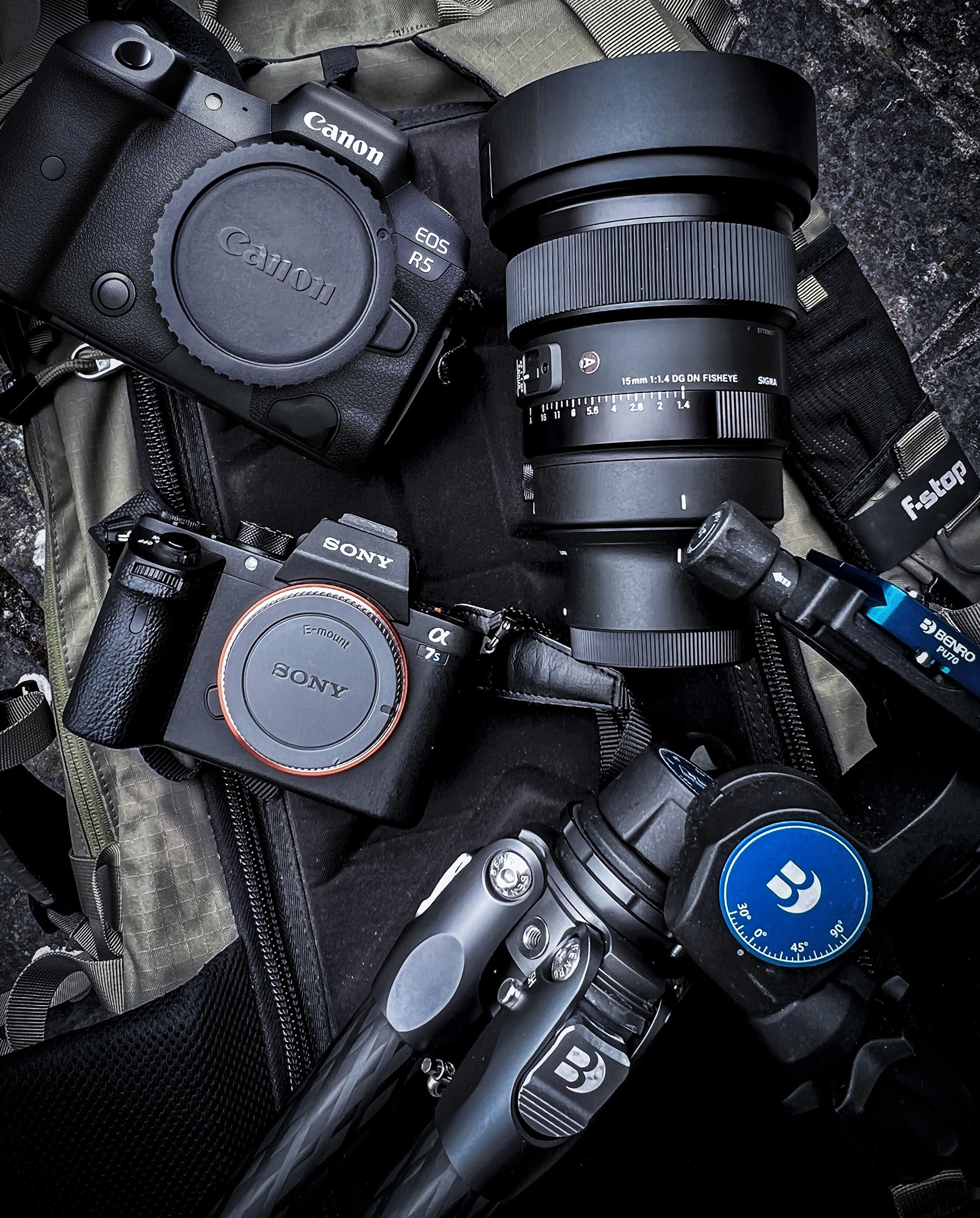
Sony A7S III
Sony set a high standard for low light capabilities among mirrorless cameras, enabling the capture of real-time footage and improved signal-to-noise ratio (SNR) capabilities. "This range of cameras, combined with fast-shooting, wide-angle lenses, is ideal for a powerhouse setup," says Josh. "A greater aperture and low-light sensitivity make it possible to reduce the SNR within low-level environments, providing excellent clarity for landscape astrophotography."
Sigma 15mm f/1.4 Diagonal Fisheye
In his astrophotography, Josh has been fortunate to test out some of the latest lenses, including Sigma's Diagonal Fisheye. "Sigma lenses are revolutionizing the astrophotography market. They are the first lenses of their kind to capture wide-angle images with an impressive aperture capability of f/1.4."
Canon EOS R5 and Canon RF 200-800mm f/6.3-9 IS USM
Canon’s latest cameras and telephoto lenses are changing the game for astrophotography, especially for solar and lunar targets, as they are perfect for alignment photography. "The R Series from Canon provides a greater megapixel count alongside greater focal lengths, making a superb combination for capturing celestial events. This could include transits, eclipses and comets, among others."
Benro Tortoise 24CLV P
Benro leads the market for versatile, affordable, yet durable tripod designs. "I've tested a number of different tripods but my preference is Benro’s Tortoise 24CLV. It is constructed from carbon fiber, but not only is it immensely lightweight, it is durable and more suitable for use in colder environments."
Fight Light Pollution
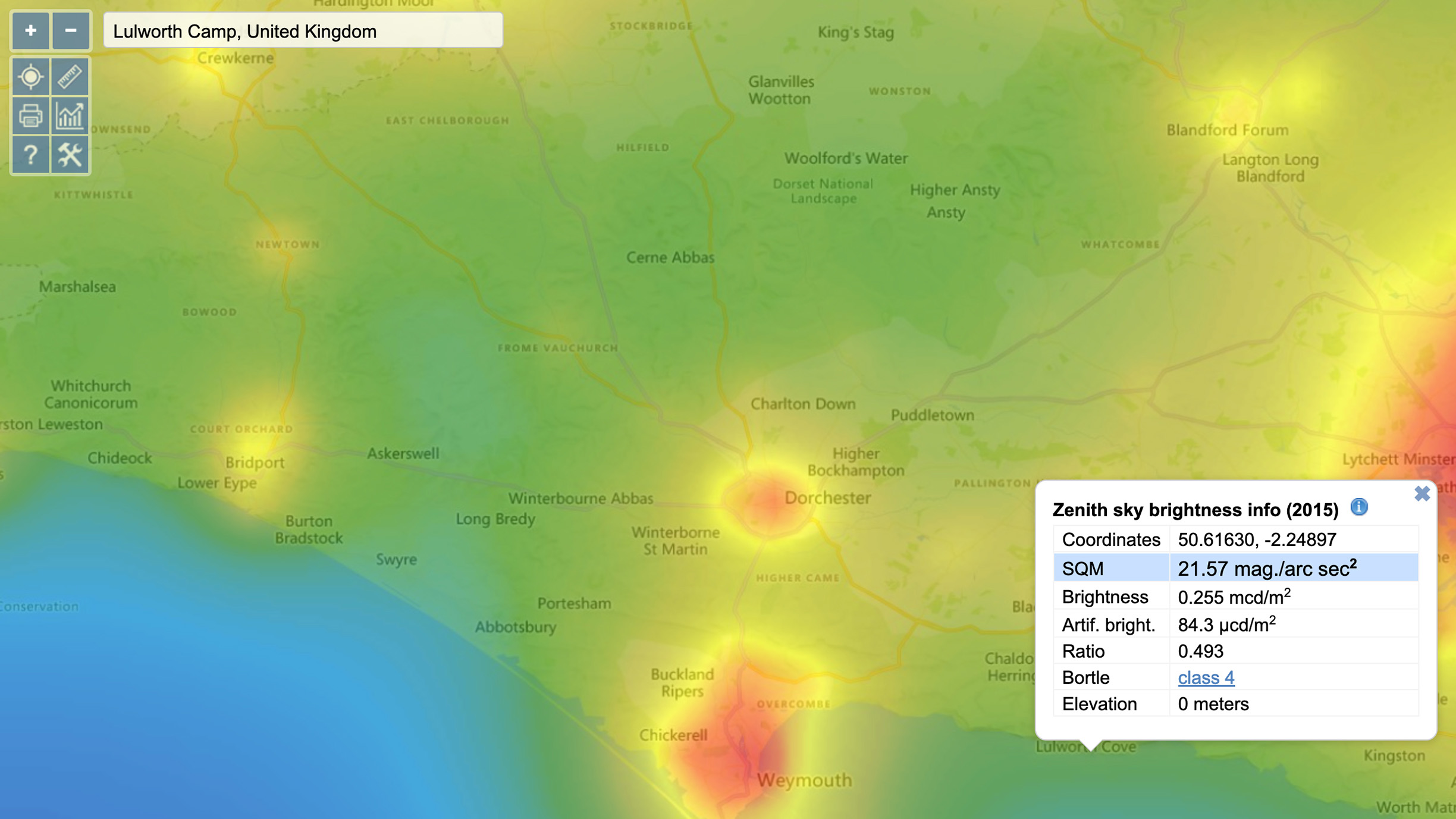
1. Check the weather
First of all, the weather is paramount for astrophotography – so keeping an eye on the forecasts is key. Don’t make the mistake of relying on just one forecast, though. BBC Weather and The Met Office, for example, are good places to start.
2. Know your environment
When shooting, it is good to have an idea of your surroundings and the level of light pollution. Light pollution maps determine the intensity of pollution, using the Bortle Scale on a scale from 1 (Dark Sky) to 9 (Severely light-polluted).
3. Look for dark sky sites
If you live in a light-polluted area, even a half-hour drive can make all the difference. For even better results, travel to a Bortle Scale 1 location. Weather permitting, you will observe the clearest views of the night sky here.
4. Moonlight
As well as artificial light, we must also consider natural light pollution – such as from the moon. As it goes through its lunar cycle, the phases grow and wane and the best window of opportunity is around the new moon, when the moonlight is reduced.
5. Trial and error
On some occasions, you may prefer to capture the light pollution in your photographs or wish to try out a different type of composition. My advice here is to experiment. Trial and error is important – if you don’t try, you are never going to succeed.
6. Consider a filter
If traveling far isn’t an option or if there is ‘skyglow’ in your location, there are a number of light pollution filters available on the market. A good example would be NiSi’s Natural Night Filter, which cuts back on CRI and Mercury Sodium lighting.
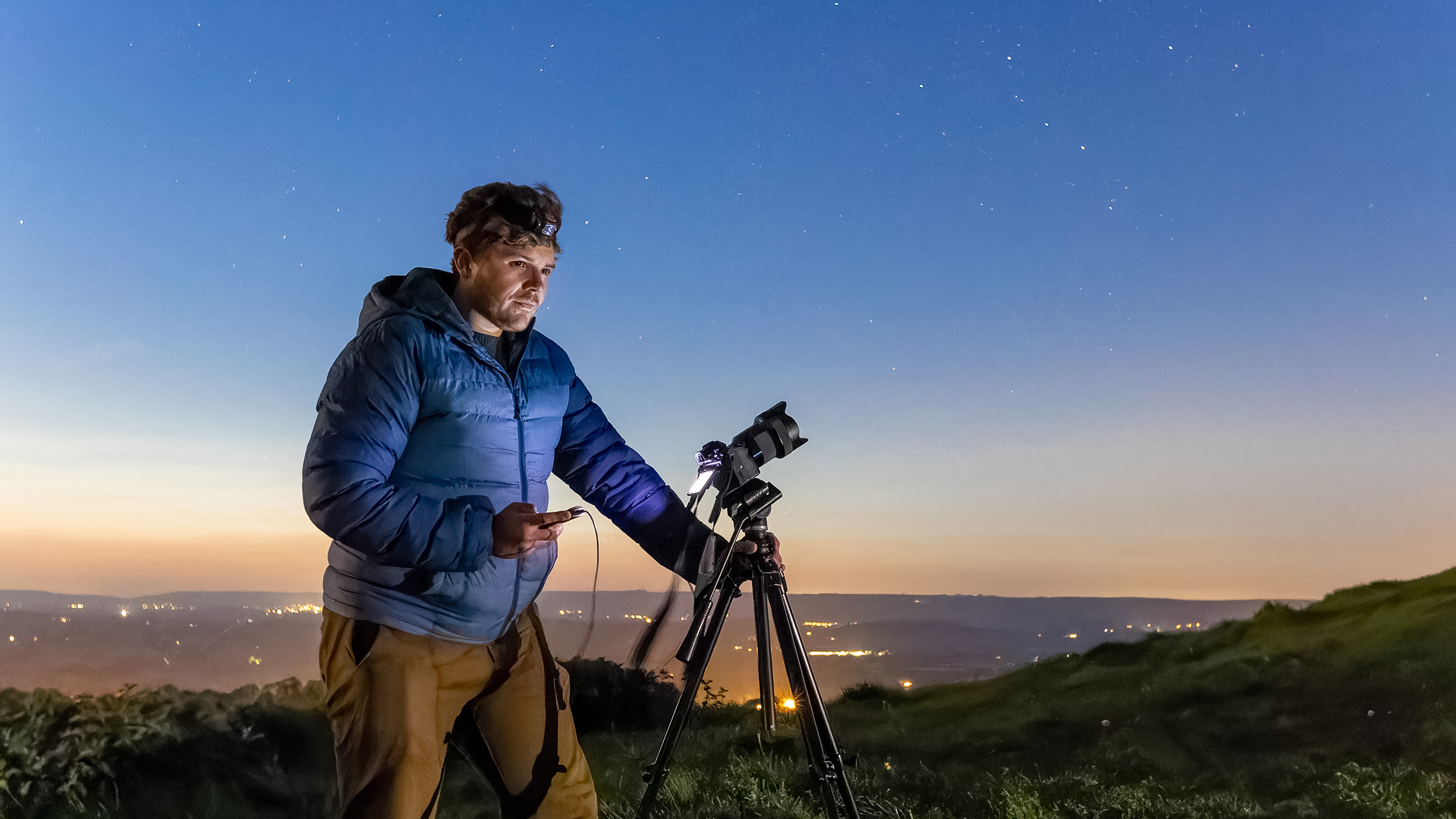
You might also like...
If you are into shooting the stars, check out our guide to the best cameras for astrophotography and the best lenses for astrophotography.



